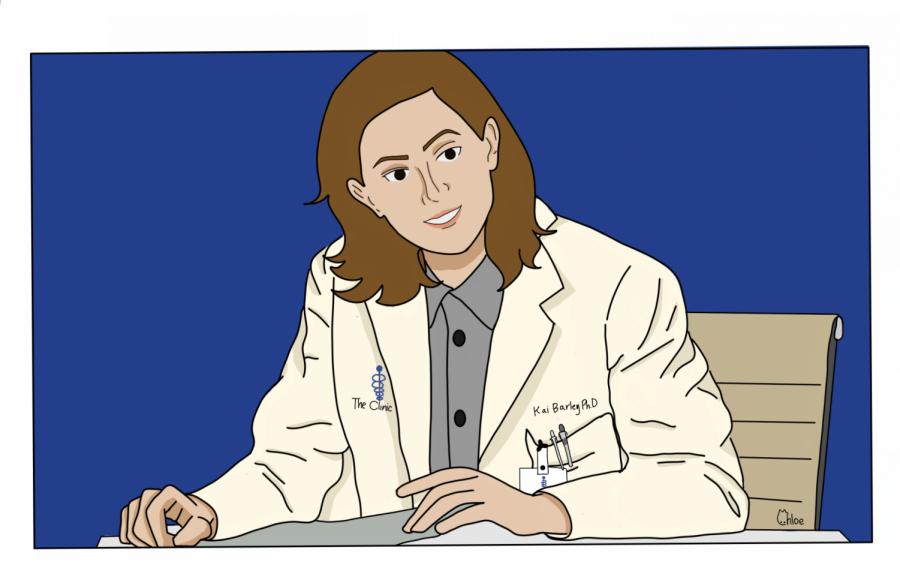The Importance of Casting LGBTQ+ Actors as LGBTQ+ Characters
The majority of us find inspiration in the media through shows, movies and social networks. So what happens when what is portrayed on TV isn’t as harmless as it seems?
Although LGBTQ+ representation in the film industry has significantly increased since its slow integration in the late 70’s, there are still problematic aspects today, especially pertaining to the disadvantageous casting process for queer and transgender actors, since many directors have heteronormative prejudice.
The issue is not necessarily with the new characters themselves, though some have been reportedly stereotypic, but more so with the actors portraying them. The majority of film projects cast cisgendered, straight actors to play openly LGBTQ characters. Not only does this further the job availability gap between straight and LGBTQ actors, but it also takes away the opportunity for LGBTQ media activism and for directors to produce an authentic TV persona.
However, “Grey’s Anatomy” casting directors took a step in the right direction when casting nonbinary actor E.R. Fightmaster as the first openly nonbinary character on the show, Dr. Kai Bartley. Introduced in the latest season eighteen, Dr. Bartley is a neuroscientist working on stem cell research at Mayo Clinic. This character not only displays a non-binary person in a position of intellectual authority, but also is an encouraging representation of friendship, collegial esteem and romance.
Another inspirational LGBTQ actress, especially for the youth, is Kai Shappley. Shappley plays a transgender 9 year-old-girl named Bailey in Netflix’s hit show “The Babysitters Club”.
Not only is Kai also a transgender girl herself, but the show accurately shows some of the issues faced by transgender youth including misgendering, questioning of gender and pressure to label oneself. The Babysitters Club smoothly integrates real life issues faced by LGBTQ people, broadening the minds of young children and encouraging them to express themselves.
Because of these promising contributions, nonbinary people finally can see those within their community being positively represented in the media to the public, helping to end prejudice against the LBGBTQ+ community.
